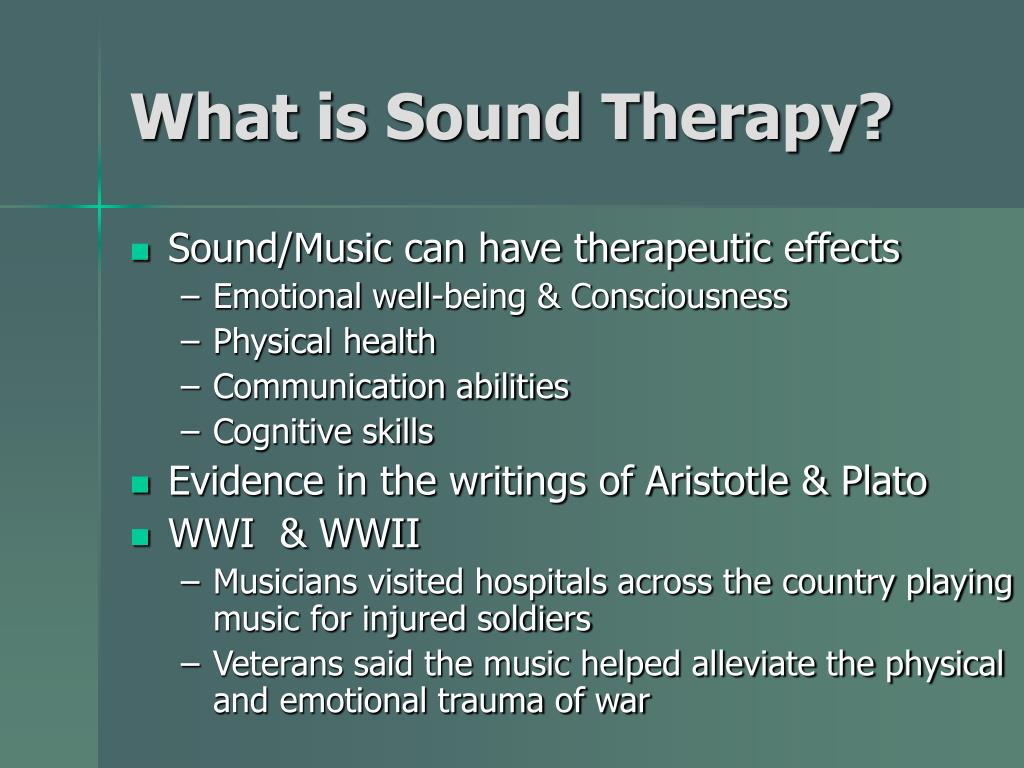
In a world where stress and pain are now so common, people have started looking towards holistic methods as a way of obtaining relief and improving their well-being. One such approach that has caught attention is sound therapy. However, many ask if sound therapy can heal the pain.
What Are The Different Types of Sound Therapy Techniques?
Different types of sound therapy techniques include sound baths, binaural beats, tuning fork therapy, Tibetan singing bowls, gong baths, and vocal toning, each with unique therapeutic benefits.
There are several types of sound healing with unique benefits and applications:
Sound Baths are immersive experiences where participants lie down to be “bathed” in the sound waves generated by different instruments. Common tools include gongs, Tibetan singing bowls, crystal singing bowls, etc.
The result is a complex fusion of frequencies overlapping each other to induce deep relaxation and reduce pain.
Binaural Beats occur when two slightly different frequencies are played on both ears creating an auditory illusion. The brain perceives it as a third tone which equals the difference between these two frequencies. This can promote specific brainwave patterns associated with either relaxation or focus.
Tuning fork therapy is about using specially calibrated metal forks that vibrate at certain frequencies. It is believed that the vibrations from tuning forks are essential in helping to realign the body’s energy field and thus promote healing.
Another powerful form of sound healing is through chanting and mantras. This practice has deep roots in many spiritual traditions.
How Does Sound Therapy Work?
Sound therapy works by using specific sound frequencies and vibrations to influence brainwave patterns, promote relaxation, reduce stress, and balance energy, enhancing overall well-being.

To understand how sound healing might affect pain, one needs to explore the science behind this practice.
In essence, sound therapy revolves around the idea that everything in existence vibrates. Different sound frequencies can alter our brain waves, causing different states of consciousness-
Delta waves (0.5-4 Hz) are associated with Somnolence, sleep, deep sleep, and coma. Theta waves (4-8 Hz) are linked to relaxation; and drowsiness. Alpha waves (8-13 Hz) are connected to calm alertness.
Beta waves (13–30 Hz) are related to active thinking, understanding new ideas;
By subjecting specific parts of the body to certain sound frequencies, practitioners aim at putting it into favorable brainwaves to reduce pain sensations.
What Is The Mind-Body In Sound Therapy?
The mind-body connection in sound therapy involves using sound to align mental and emotional states with physical well-being, promoting overall health through synchronized relaxation and energy balance.
Sound therapy exploits the strong relationship between our brains and bodies. Some sounds have the ability to stimulate the secretion of hormones and neurotransmitters that can affect our feelings about pain and emotions.
Sound therapy has an impact on the autonomic nervous systems. In particular, some sounds can invoke the parasympathetic nervous system.
Is It Possible To Cure Pain With Sound?
Sound therapy can alleviate pain by reducing stress and promoting relaxation, but it is not a cure; it should complement, not replace, conventional medical treatments.
There are various causes for pain, including physical injuries, inflammation, nerve damage, emotional trauma, stress or anxiety
Sound therapy uses mechanisms such as relaxation and reducing muscle stiffness, inducing endorphin release, redirecting the mind from pain signals, boosting blood flow and reducing swelling
What Is Sound Healing for Emotional and Psychological Pain?
Sound healing for emotional and psychological pain uses sound frequencies to promote relaxation, release blocked emotions, and balance energy, potentially easing stress and enhancing mental well-being.

Sound therapy appears to have the potential to address mental or emotional suffering. Several people have claimed that they feel calm, clear-headed, and emotionally relieved after undergoing sound therapy sessions. These are beneficial, especially for fear, sadness, and anxiety associated with trauma, and bereavement.
What to Expect During a Sound Healing Session?
During a sound healing session, expect relaxation, soothing sounds from instruments, possible emotional release, and a calming environment designed to balance energy and promote well-being.
Some aspects that might be involved in a typical session of sound healing include lying down comfortably on a mat or cushioned surface. It is followed by closing your eyes and concentrating on your breath. Then you listen to diverse noises and vibrations.
Relax deeply to let go of any tension within yourself. You can feel different kinds of sensations, emotions, or images in your head.
Does sound reduce inflammation?
Sound therapy may help reduce inflammation indirectly by promoting relaxation and reducing stress, which can support overall healing, but direct effects on inflammation require further research.
Sound therapy is believed to decrease inflammation by stimulating the parasympathetic nervous system, inducing a state of relaxation, and reducing hormones associated with stress. Additionally, certain frequencies may affect cellular processes and immune reactions that aid in controlling inflammation.
What sound frequency heals inflammation?
There is no specific sound frequency proven to heal inflammation directly; however, certain frequencies may support relaxation and stress reduction, potentially aiding the body’s healing processes.
Though popularized as therapeutic sounds for their healing properties in sound therapy, they are frequently cited, include 174 Hz and 528 Hz. However, there is limited scientific evidence supporting these claims. These frequencies are thought to bring down pain levels.
What chakra is 174 Hz?
The 174 Hz frequency is associated with the root chakra, also known as the base chakra, which supports grounding, stability, and a sense of security.
The root chakra or muladhara associated with security and basic survival instincts is said to be connected with a frequency of 174 Hz. Itis also known to have a grounding effect that relieves pain and provides a deep sense of safety and stability.
What is the ultimate healing frequency?
There is no universally accepted “ultimate healing frequency”; various frequencies, such as 432 Hz or 528 Hz, are commonly used for different therapeutic purposes and personal preferences.
528 Hz has been dubbed the “ultimate healing frequency.” This note supposedly brings about transformative effects within oneself, leading to peacefulness and lucidity.
What note is 963 Hz?
The 963 Hz frequency corresponds to the note “B” (or “Si”) in musical notation, often associated with higher states of consciousness and spiritual connection.
The note B in some musical tuning systems corresponds to a frequency of 963 Hz. This vibration relates to one’s crown chakra or divine consciousness which promotes spiritual connection characterized by enlightenment and awakening.
What happens during a sound healing session?
During a sound healing session, participants listen to or experience sound vibrations from instruments, promoting relaxation, energy balancing, and emotional release, while enhancing overall well-being.
Practitioners produce therapeutic frequencies using instruments like singing bowls, gongs, or even tuning forks to conduct sound healing sessions. With this, they support centers where energy flows best in our bodies. Sound therapy helps individuals attain emotional balance.
Conclusion
The question “Can sound heal pain?” cannot be answered simply with either a yes or no, but there is increasing evidence that suggests that sound therapy can be an excellent tool for managing pain and improving overall health. Sound healing works by influencing our brainwaves, nervous system, and emotional state.
Like any other treatment method, individual experiences with sound healing may vary. Nonetheless, due to its harmless character and numerous potential benefits, it may be worth considering as one of the components of a comprehensive approach to pain management.

